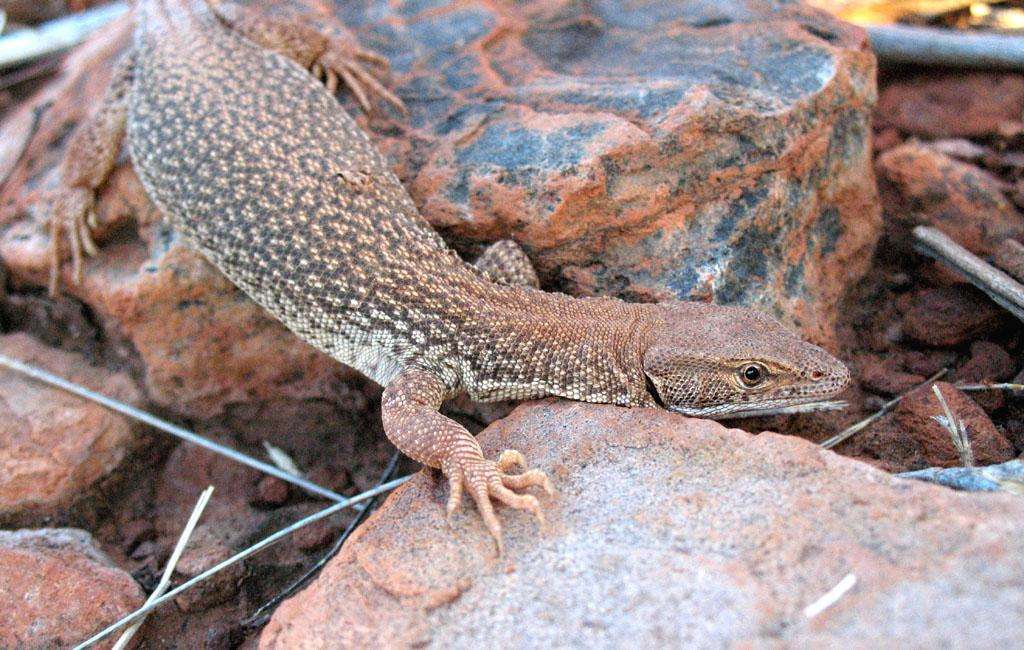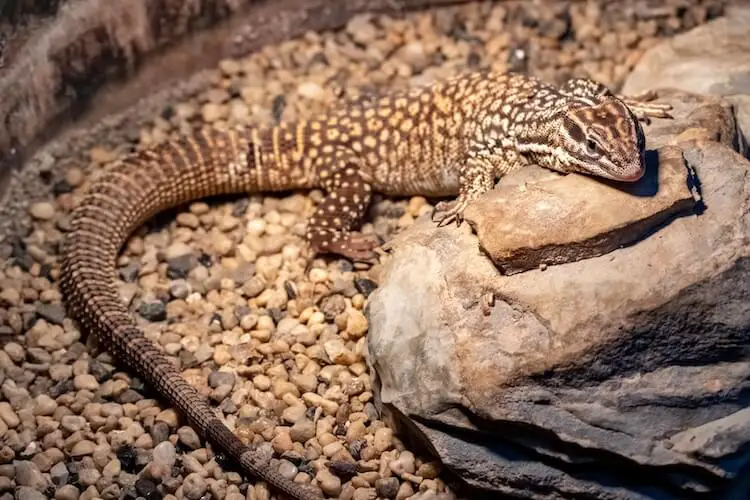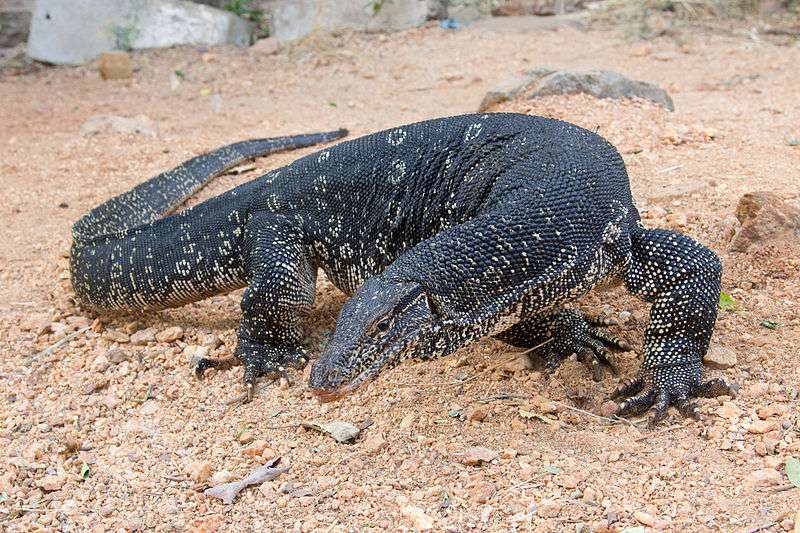
Description:
Scientific name: Varanus storri
Life span: Up to 10 years
Storr’s monitor lizard can reach a maximum length of slightly over 40 cm. Storr’s monitor lizard has two subspecies i.e. V. s. ocreatus and V. s. storri. The limbs and tail of V. s. ocreatus are longer than those of V. s. storri; the latter’s tail is only 1.4 times as long as its snout-to-vent length. V. s. ocreatus has larger scales on the underside of its hindlegs as well. [6] Storr’s monitor has no sexual dimorphism, and the cluster of spiny scales on either side of the male’s vent that is found in many other Odatria species is present in both sexes.
Native Region/Habitat
Storr’s monitor lizard is found in Australia’s seasonal tropical areas, notably in rocky settings. V. storri storri may be found from Charters Tower to Queensland, but V. storri ocreatus is mostly found in Western Australia as well as the Northern Territory. Thus, both subspecies can be found in areas with similar climates. Open forests, meadows, spinifex, and rocky places are where you may find them.

Behavior:
Storr’s monitor lizard is less arboreal and more terrestrial. In the wild, the species lives in colonies, with up to 50 individuals sharing a 0.75 km2 area, though each individual lives in its own U-shaped tunnel beneath a huge rock or spinifex. Sometimes individuals may wag their tails at one another. It feeds mostly on orthopterans, however it also eats ants, beetles, and spiders. Additionally, it consumes lizards like skinks and geckos. It has a seasonal diet, and huge fat stores are accumulated during the year to endure through the winter when it is inactive.
In captivity, this species may be quite active, making entertaining pets. They frequently occur in desert trees in many locations of their habitat, however, there are also instances of them appearing in places with no trees at all. The captive care needs for Storr’s Monitors are straightforward, and they react well to standard approaches.
Care As a pet/In captivity:
An enclosure that is a 4′ x 2′ x 2′ aquarium may house one or two adults. Using stacks of flat slate/ledge rock create a multilayered basking area that looks natural. The lizards will exploit the spaces between to control their body temperature. They may reach warmer body temperatures as they climb the stack. Temperatures in the cage should be maintained at 30°C, with the warmest section being 45 – 50°C just beneath the basking lamp. Since water will quickly evaporate in the enclosure’s high temperatures, it should be replaced every day. Bark, sand that has been well cleaned, fake grass, newspaper, or butcher paper are all excellent clean substrates.
Table





